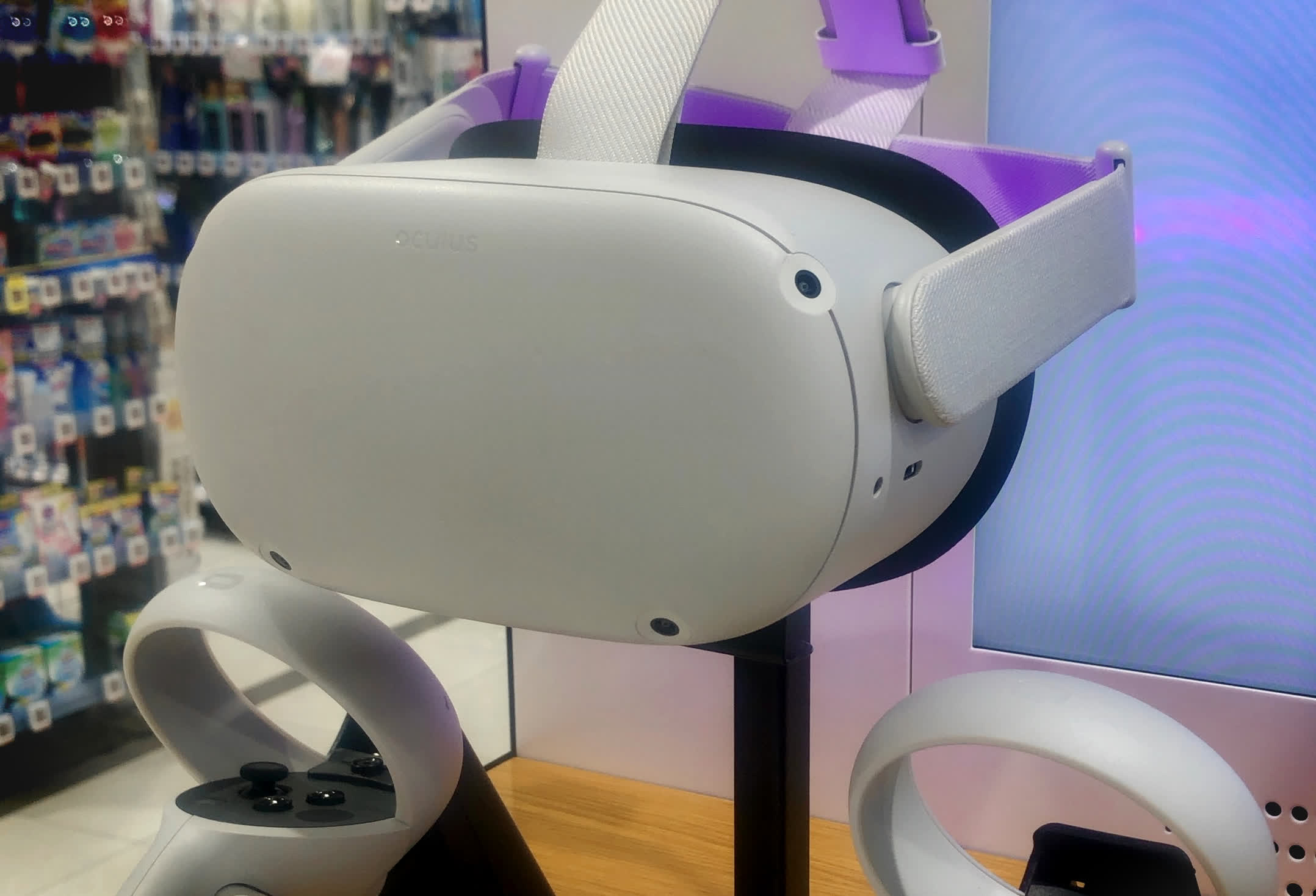In a nutshell: Meta has made good on its promise to launch an update that gives the Quest 2 and Quest Pro a shot in the arm, and users only had to wait a few weeks for it to arrive. The Meta Quest V55 update specifically addresses the CPU and GPU on the two wearables. In testing, Meta saw a 26 percent CPU performance increase on both headsets with V55 installed as well as a 19 percent boost in GPU performance on the Quest 2 and an 11 percent GPU increase on the Quest Pro. Not bad for a simple software update, eh?

Meta said that as developers take advantage of the added horsepower, users can expect smoother gameplay, a more responsive user interface, and richer content. They're also enabling dynamic resolution scaling (DRS) for both headsets so apps and games will be able to leverage increased pixel density without a drop in frame rates.
Earlier this month, Meta also lowered the price of its Quest 2 in anticipation of the Quest 3 launch this fall. The Quest 2 now sells for $299.99 for the 128 GB variant and $349.99 for the 256 GB model. That's down from $399.99 and $429.99, respectively, before the price cut.
Software updates from Meta roll out gradually in order to minimize widespread issues, so don't worry if it's not showing up immediately. It'll get there… eventually.
Those interested in the latest and greatest might want to wait on the Quest 3. Meta said it'll ship with its highest resolution display to date and will be powered by a next-gen Qualcomm Snapdragon chipset that can deliver more than twice the graphical performance versus the chip in the Quest 2.
Meta also revamped the Touch Plus controllers to be more streamlined and ergonomic. Gone are the outer tracking rings, which should make the controllers feel like a more natural extension of your hands. The new design also includes integrated haptics from Touch Pro to boost immersion.
Quest 3 is due out this fall starting at $499.99 with 128 GB of storage.
Image credit: KKPCW
https://www.techspot.com/news/99167-meta-quest-2-update-unlocks-additional-cpu-gpu.html